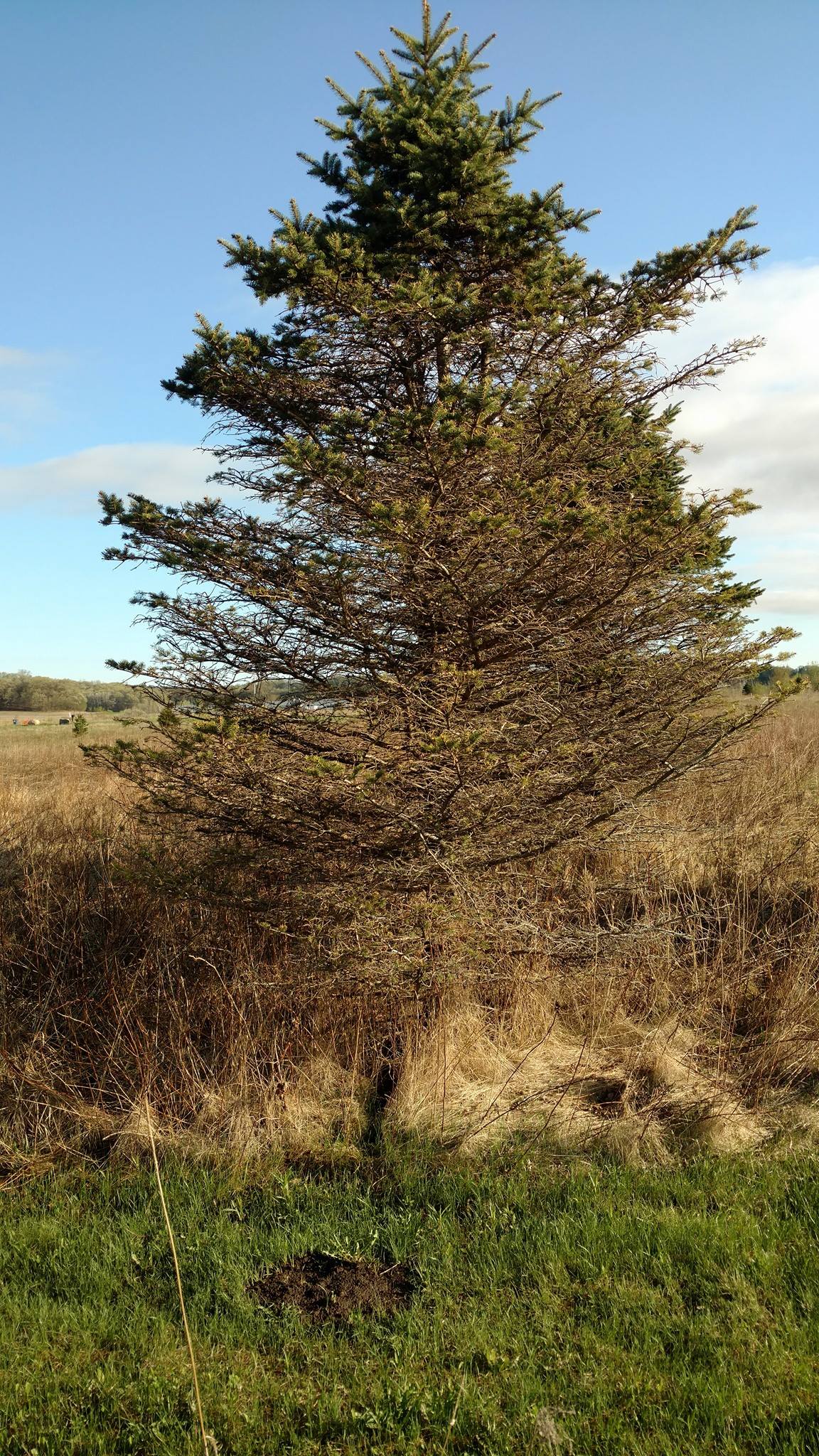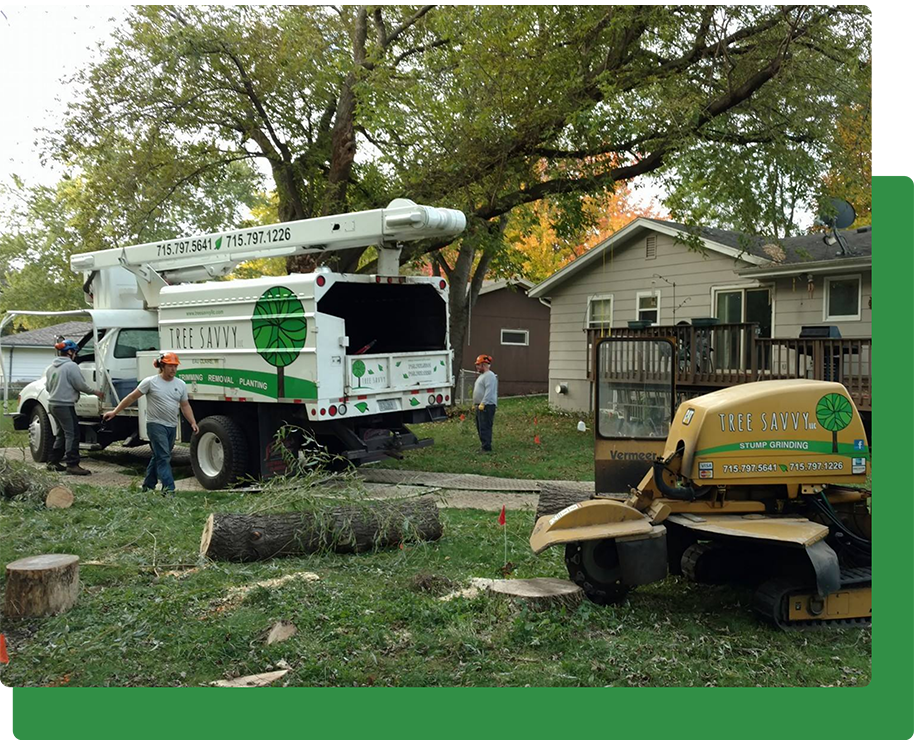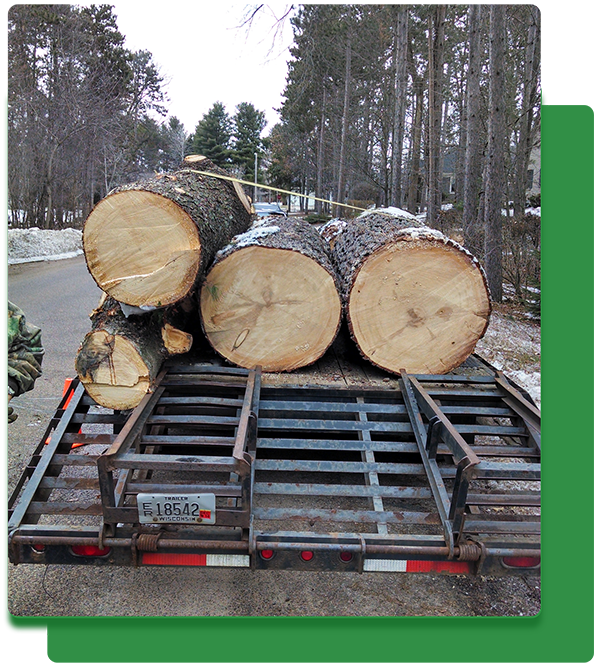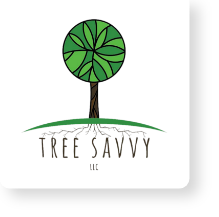
Rhizosphera Needlecast
Rhizosphera needle cast is a common foliar disease caused by the fungus Rhizosphaera kalkhoffii. While the Colorado blue spruce is particularly susceptible and can be severely damaged by the disease, Rhizosphera needle cast can affect a variety of conifer trees growing outside their native range.
As its name suggests, Rhizosphera needle cast affects the needles of a tree. A healthy spruce tree can retain its needles for 5 to 7 years, whereas a severely infected tree may only hold the current year’s needles. The fungal spores responsible for the disease overwinter in this year’s and last year’s needles. New infections begin the following year when wet spring weather splashes the recently released spores from the fruiting bodies, and onto newly developing needles. This is where a new infection occurs, and the disease cycle is repeated.

Signs of Damage
Once an infection has occurred, it can take up to 15 months for the needles to show visible symptoms. Signs of disease presence include:
- Yellowish-brown to purple discoloration beginning on the two year old needles
- Discoloration of needles begin on the inner and lower portions of the tree, trending out and upward as the disease progresses
- The underside of infected needles may show tiny black dots in rows
- Yellowish/purplish hue to branches
- Excessive thinning/dropping of older needles
- Entire lower branch die-back

Means of Mitigation
Trees left untreated for several years and younger trees with an aggressive infection are susceptible to death. That said, an early Rhizosphera needle cast infection is rarely fatal, but quick identification is still important and can prevent damage to host trees and spreading disease to nearby trees. Once symptoms of infection have been identified, it is likely too late to begin conventional chemical treatments that year. Therefore, treatment should be scheduled for the following spring, and can include:
- Fungicide foliar spray (Junction) performed three times annually
- Soil-applied growth regulator (Cambistat) to improve fine root development, drought tolerance and overall tree health. Cambistat also has fungistatic properties that have a direct effect on fungal diseases
It should be noted that foliar sprays control the disease but do not cure it. The goal of conventional chemical treatment is to protect each season’s new growth from re-infection. Other treatment practices to help reduce damage to trees from Rhizosphaera needle cast include:
- Remove fallen needles by raking, if possible
- Ensure sprinkler heads are not wetting the needles
- Water newly planted trees and during droughts
- Prune out infected branches during dry weather
- Plant resistant conifer species such as Norway spruce or white Fir
- Properly space trees when planting to improve air flow
